Record number of women running for parliament
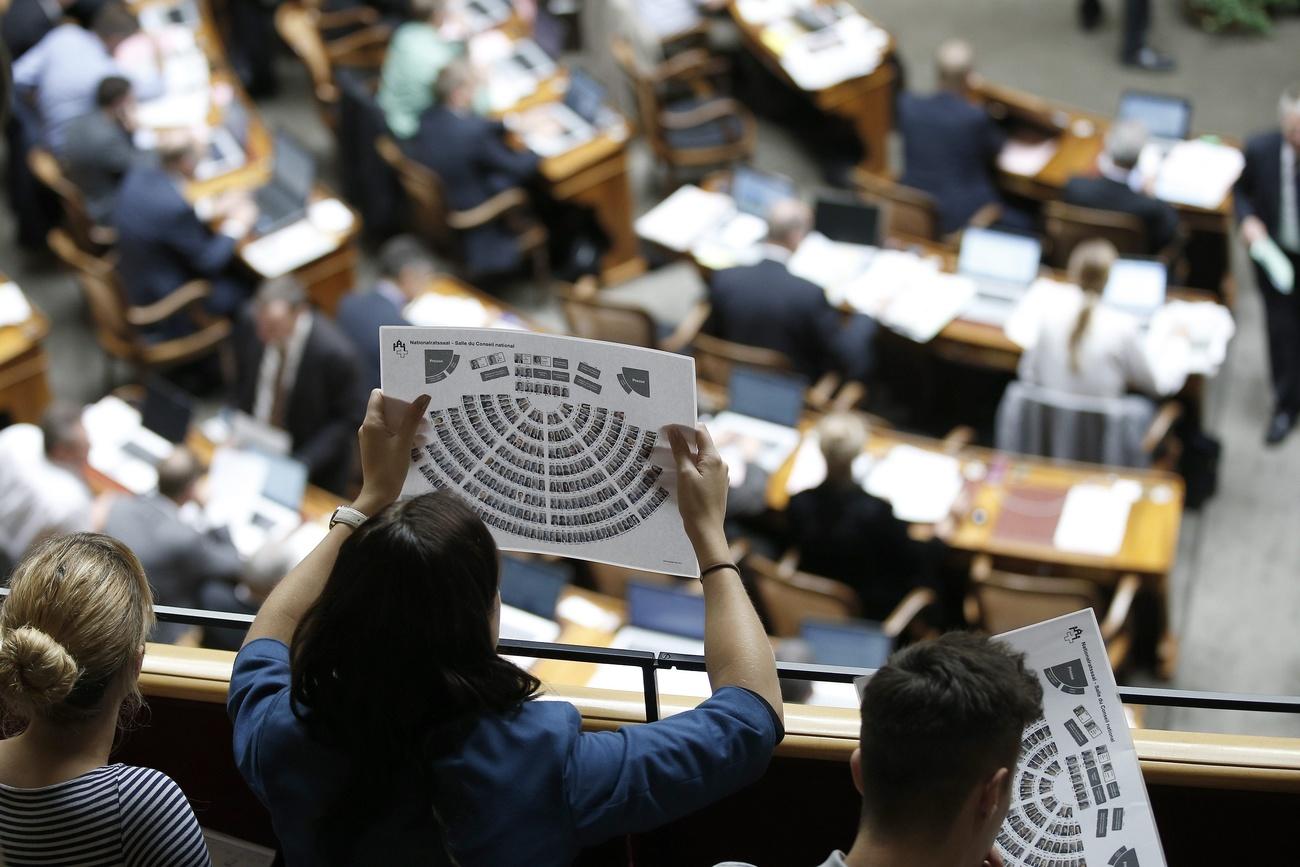
Never before have so many candidates entered the race for a seat in the Swiss parliament. One in three hopefuls is less than 30 years old and a record number of women are among those running in next month's elections.
A total of 4,596 candidates are vying for a mandate in the 200-seat House of Representatives, according to official lists compiled by the cantonal authorities at the end of August.
The number of hopefuls has grown from around 3,000 in the 1990s, exceeding the 4,000 mark for the first time in 2007.
What are the reasons for the major increase over the past two decades? Cloé Jans, political scientist at the GfS Bern research instituteExternal link says a key factor is a reform of the rules in some of the 26 cantons.
She says it has become easier to register as a candidate because the requirement to get a certain number of signatures backing the candidacy has been dropped.
“Then there is also the strategy of some political parties which aim to enter the race with as many lists as possible,” Jans adds. The idea is to encourage friends and family to choose a list with names they know personally.
Measured in percentage points, the impact is limited, according to Jans. But it is an opportunity for political newcomers to win first-hand experience.
It is striking to see the long list of female candidates. The percentage of women running for seats has increased to 40.4% from 34.5% four years ago. But experts point out that women in Switzerland are still clearly underrepresented in political posts.
Women account for 32% of the current House of Representatives, while they make up 30% in the cantonal parliaments.
The political left (the Green Party ahead of the Social Democrats) are leading the table for the number of women candidates, while the right-wing Swiss People’s Party has the lowest percentage of women candidates at 22%.
Jans dismisses suggestions that the high number of female candidates is a temporary phenomenon. She says the mass protests on June 9 forced political parties to put gender issues high on the agenda.
Jans believes the trend for better representation of women in politics will continue since Switzerland’s image as a modern society would be dented if the number of women in parliament remained low.
Another notable point is a slight shift in the age of the candidates for the October elections. On average they are 41.3 years old. Four years ago, candidates were 40.8 years on average.
In contrast, the number of younger candidates has increased since the 1990s. This year, the under-30s make up the largest group, accounting for 32%. This is roughly unchanged since the two previous parliamentary elections in 2011 and 2015.
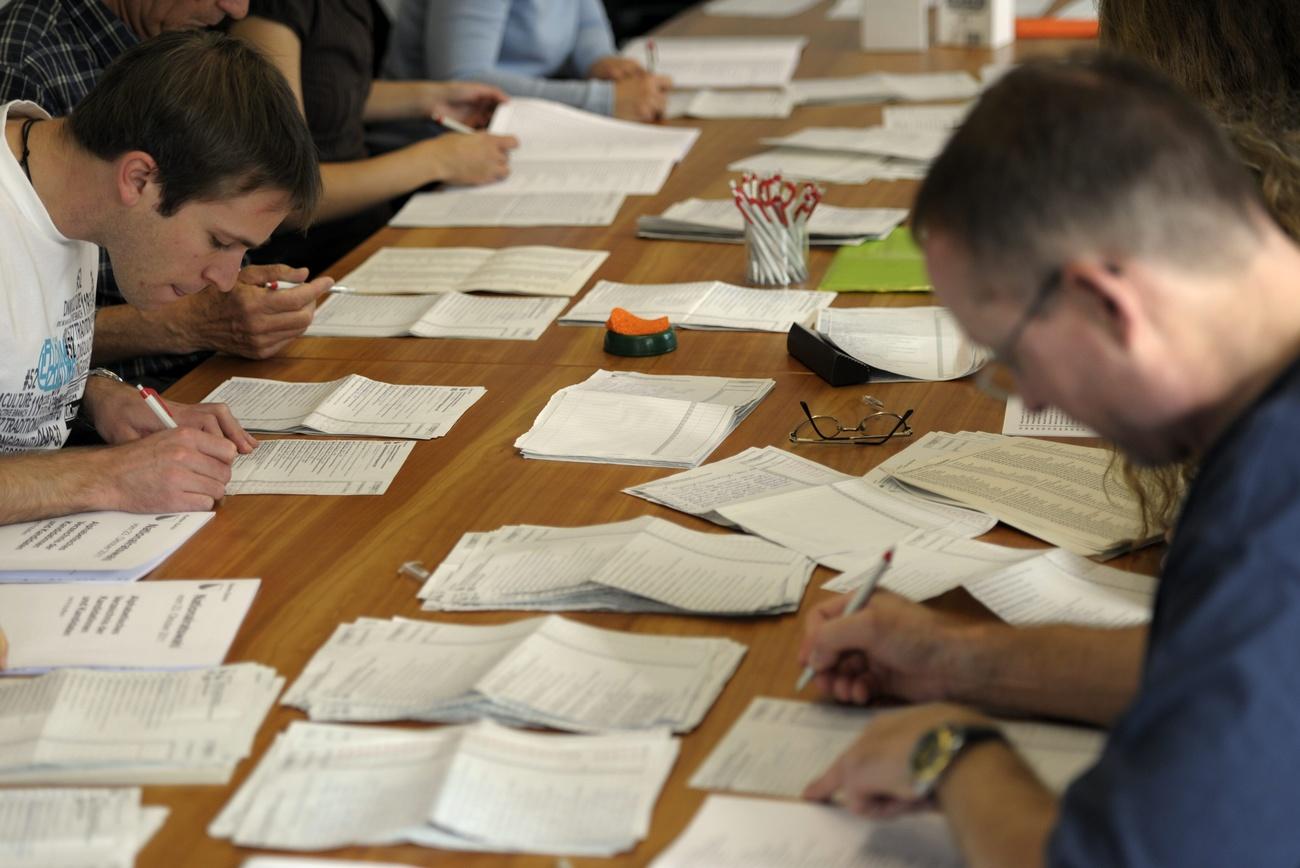
More
A voter guide for electing the Swiss parliament
Adapted from German/urs

In compliance with the JTI standards
More: SWI swissinfo.ch certified by the Journalism Trust Initiative
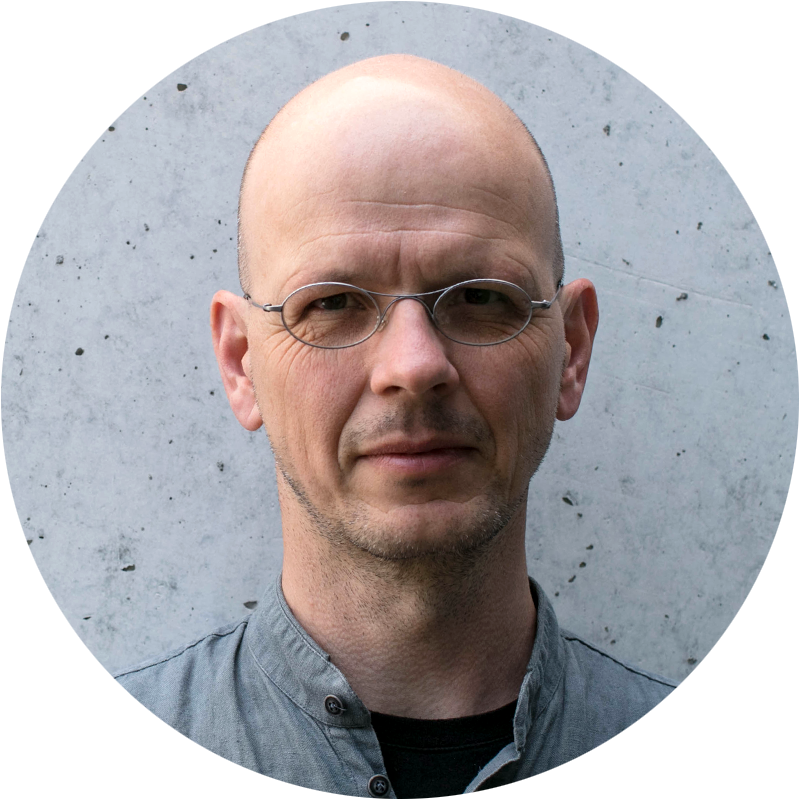


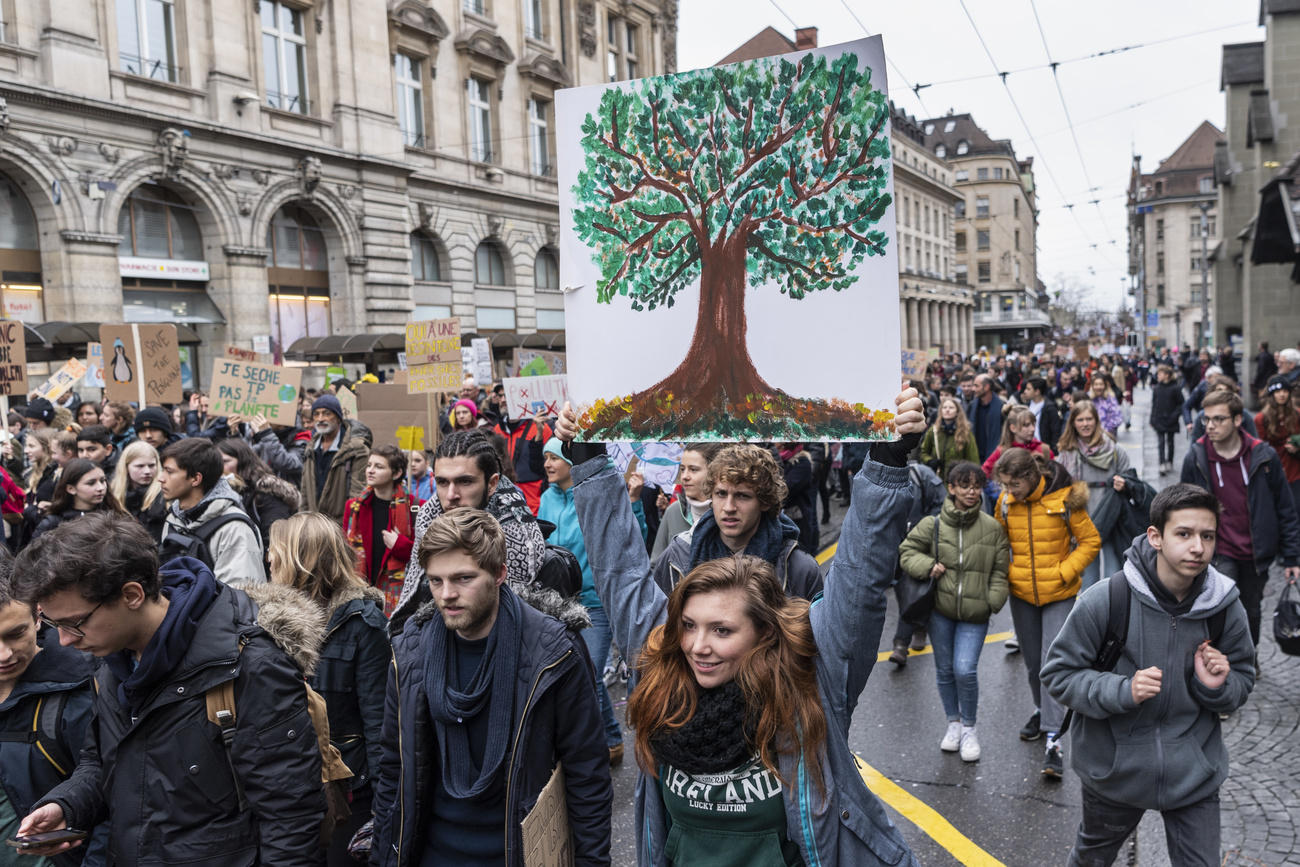
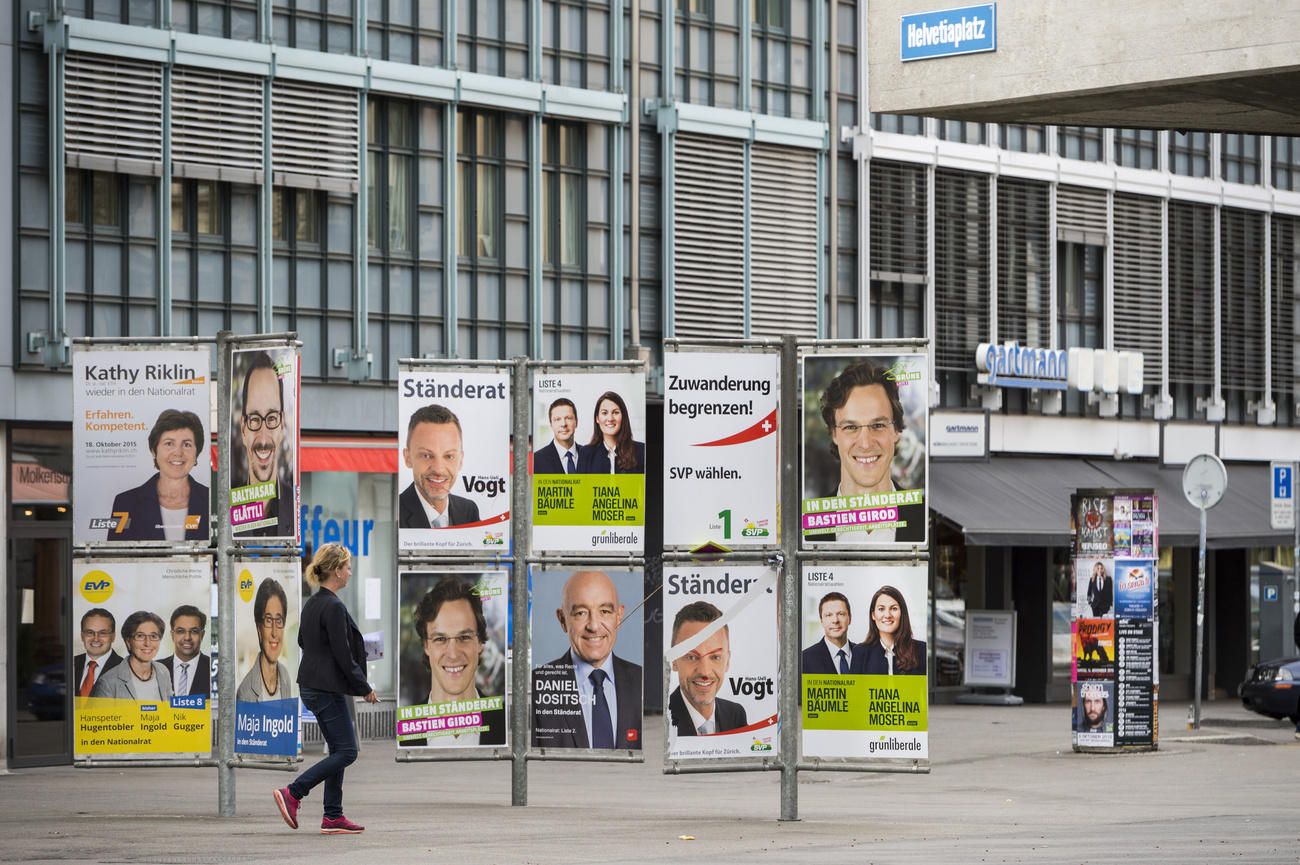
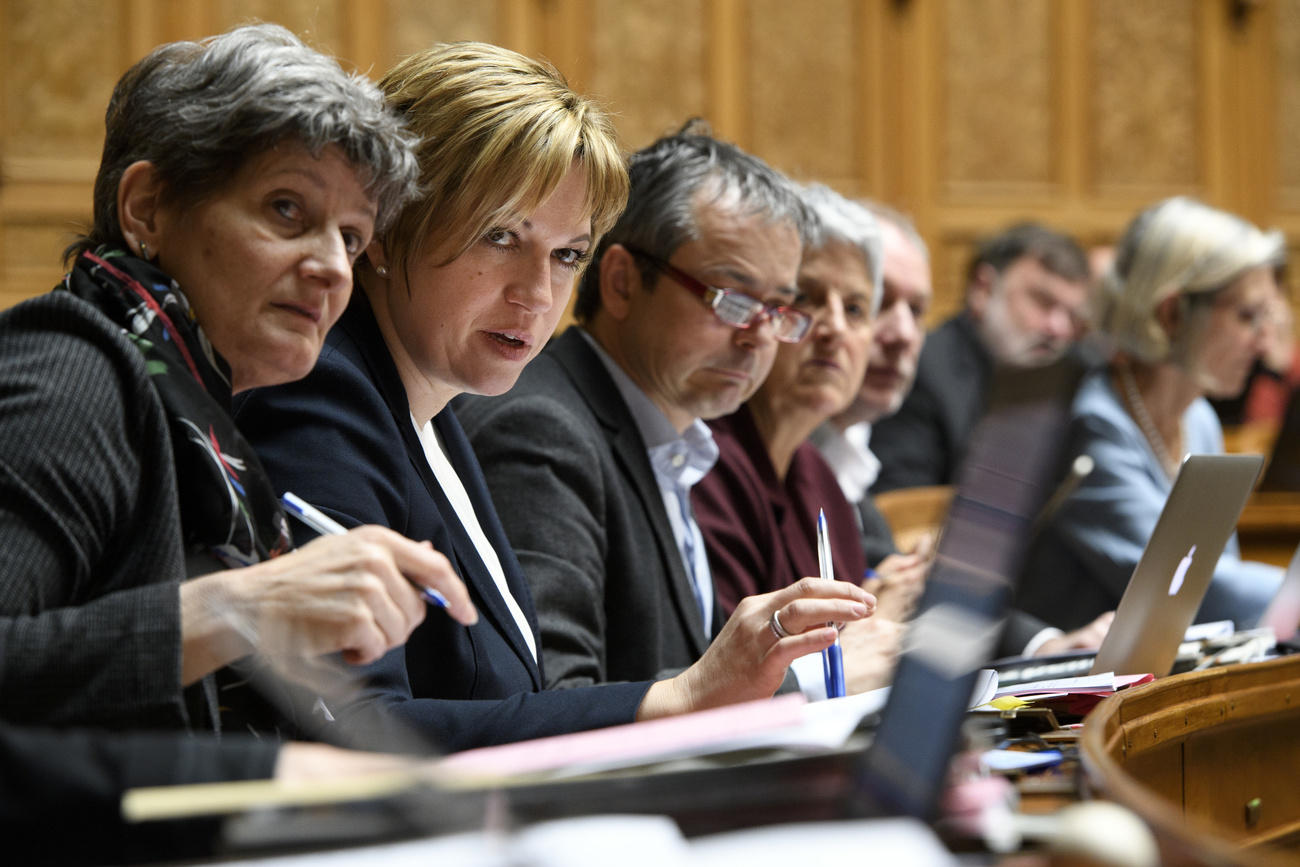
You can find an overview of ongoing debates with our journalists here. Please join us!
If you want to start a conversation about a topic raised in this article or want to report factual errors, email us at english@swissinfo.ch.